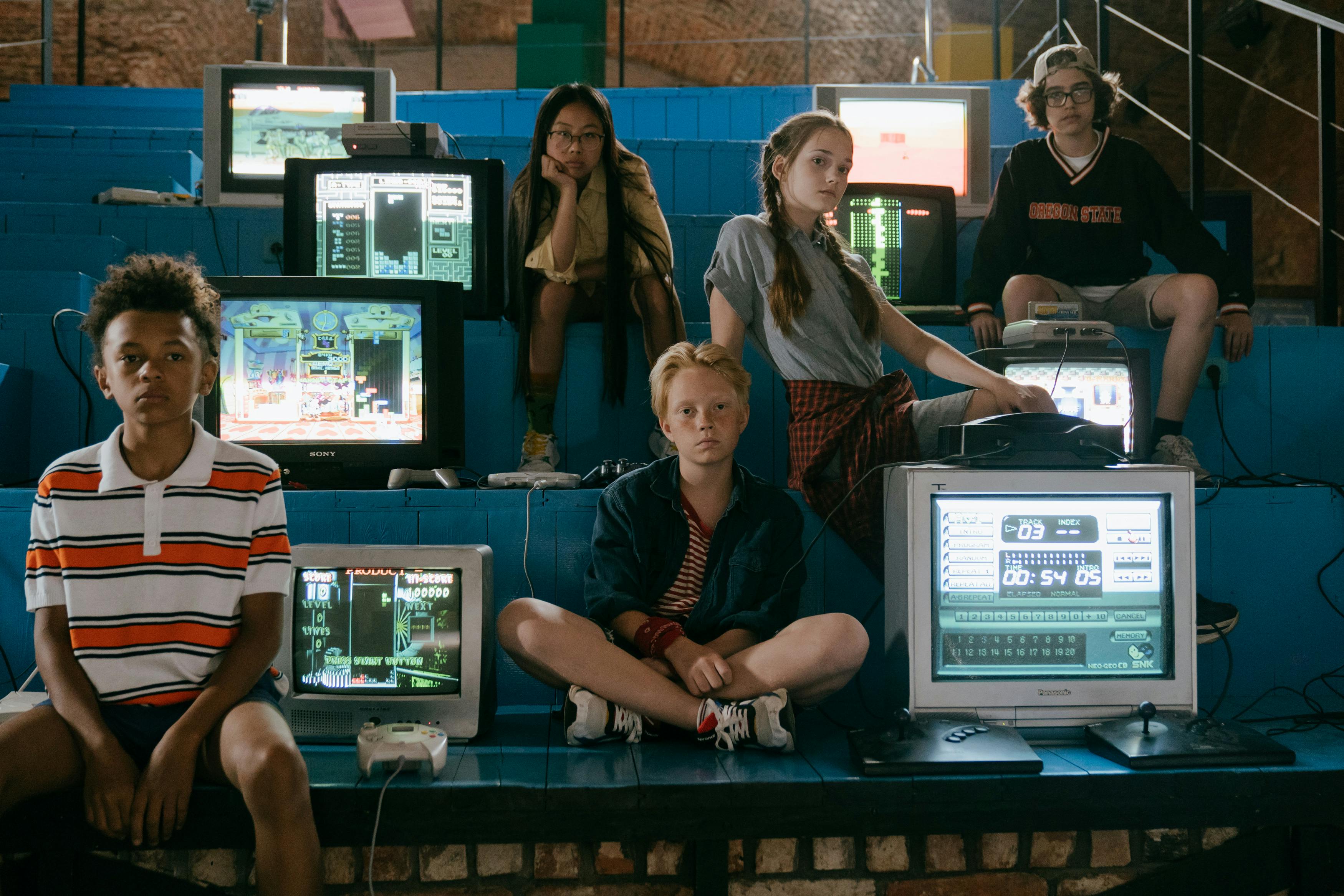Immersive Storytelling: What the Arts Can Learn From Video Game Narratives
In the vast landscape of the arts and entertainment industry, a new player has emerged, challenging our notions of creative expression and interactive storytelling. Video games, once dismissed as frivolous entertainment, have matured into a formidable artistic medium, asserting their place alongside film, theater, and literature. This evolution has been a quiet revolution, driven by technological advancements and creative visionaries dedicated to pushing the boundaries of interactive entertainment. It is a story underpinned by a deep appreciation for storytelling, character development, and player engagement, elements that are traditionally associated with the more 'serious' spheres of the arts.

Current Trends: The Rise of Narrative-focused Games
In recent years, there has been a notable shift in the gaming industry towards narrative-driven experiences. This has been fueled by a demand for more complex storylines, multi-dimensional characters, and immersive worlds. Games like “The Last of Us,” “Red Dead Redemption 2,” and “Life is Strange” have received critical acclaim for their compelling narratives, cinematic quality, and emotional depth, challenging the assumption that games cannot achieve the same level of storytelling as film or literature.
The Impact: Reimagining Storytelling and Engagement
The evolution of video game narratives has had significant implications for the arts and entertainment industry. It has demonstrated the potential for an immersive, interactive form of storytelling that actively involves the audience, a stark contrast to the passive consumption typical of traditional media. This shift has prompted discussions about the nature of storytelling and the potential for audience engagement in a digital age. While this has created exciting opportunities, it has also raised questions about the implications for traditional art forms, particularly those reliant on linear narratives and fixed perspectives.
The Reception: A New Artistic Medium?
The reception to video games as an artistic medium has been mixed. While some view them as a legitimate art form, others argue that they lack the depth and nuance of traditional media. However, it’s impossible to ignore the impact that games have had on the industry and the potential they hold for future artistic exploration. As the technology continues to evolve and more creators embrace the medium, the debate is likely to become even more nuanced and complex.
The Future of Interactive Storytelling
As video games continue to push the boundaries of interactive storytelling, they offer exciting possibilities for the future of the arts. The lessons learned from this medium - the power of player agency, the potential for non-linear narratives, and the importance of immersion - could inspire new forms of artistic expression, reshaping how we engage with stories and characters. While it’s uncertain how this evolution will unfold, one thing is clear: video games have irrevocably altered the landscape of the arts and entertainment industry, challenging our perceptions of what is possible in the realm of creative expression.





